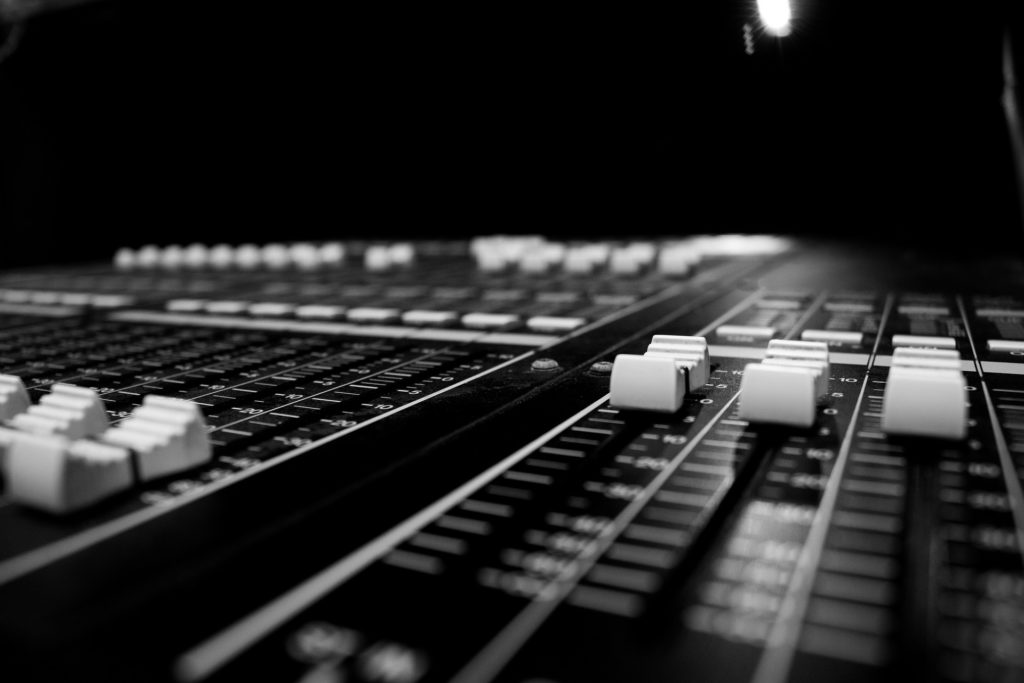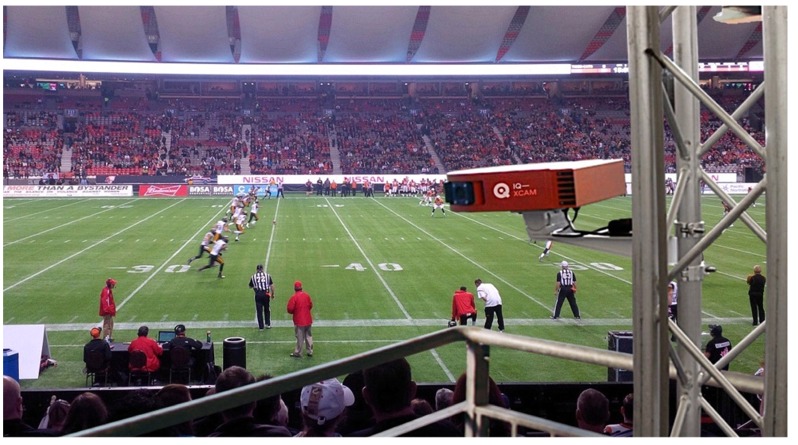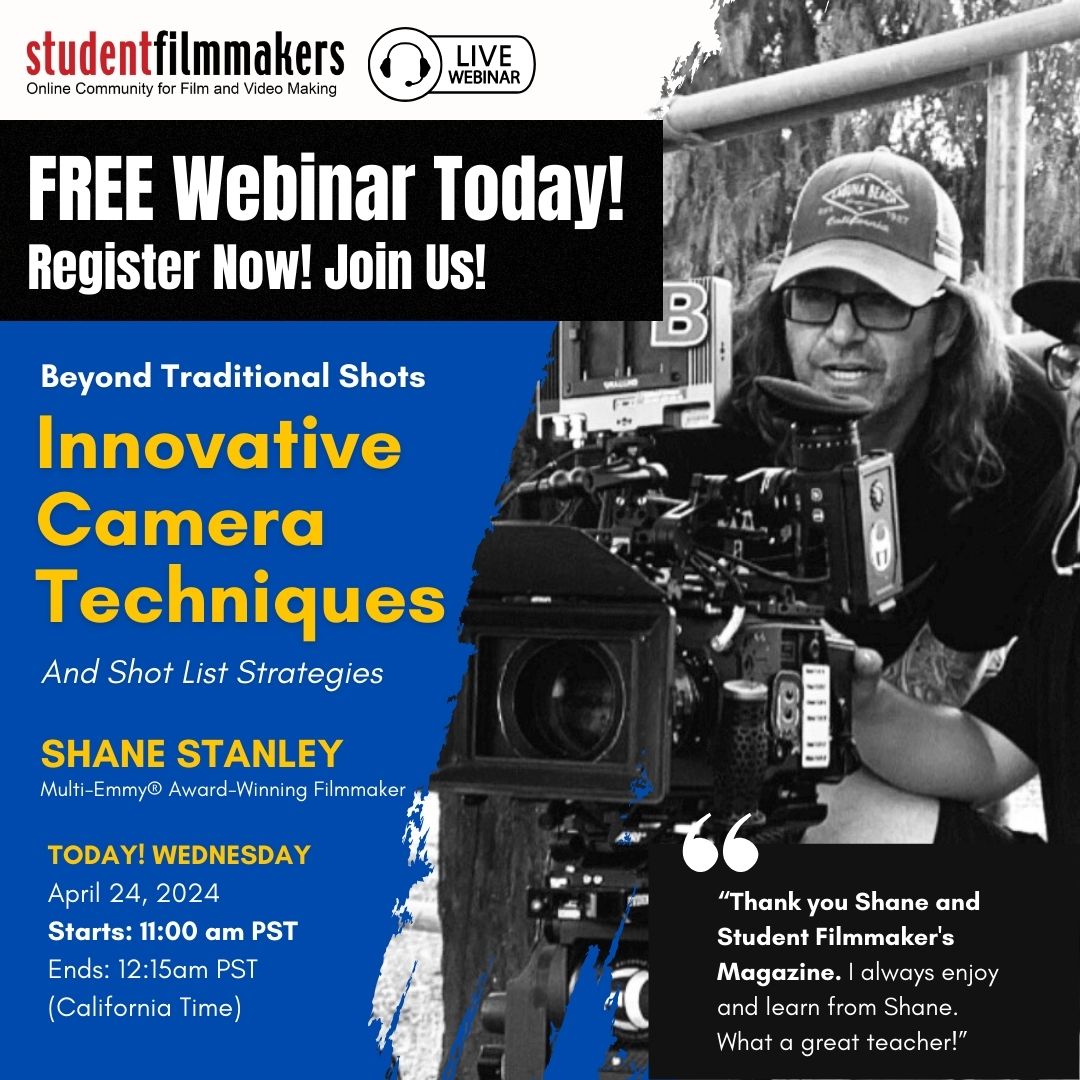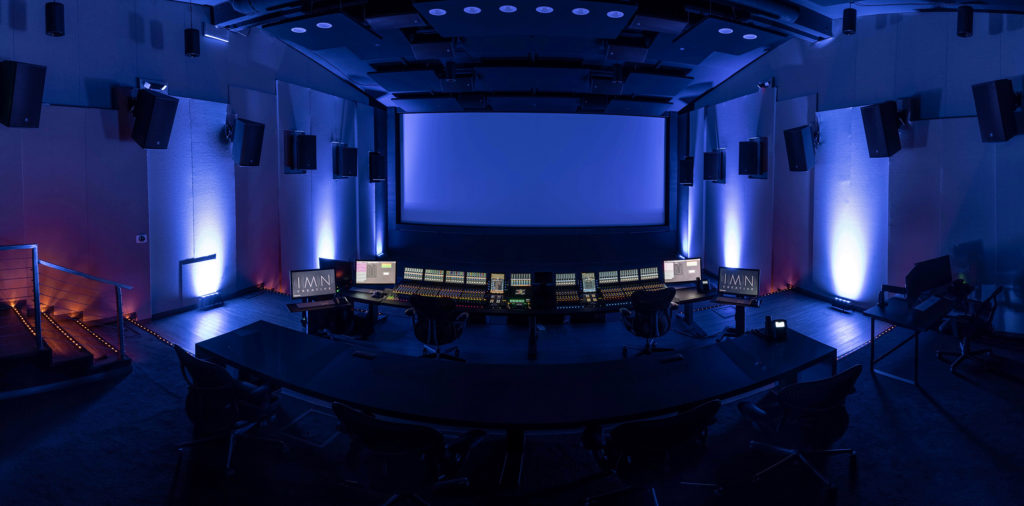By Daniel LeBlanc
Music is a powerful tool and exists in most media projects in one form or another.
You can leave a movie theater having loved the movie and not remember any of the music. This doesn’t mean that the music was ineffective, and possibly indicates that it did a wonderful job. Sometimes music can be distracting and take you away from what is going on. Sometimes it can be subtle, but perfectly accentuate what is going on. Sometimes you can love (or hate) the music in a commercial and because of this, not even know what the commercial is for. What does all of this mean? Well, it means that music has a definite impact on the final result of a project.
How loud should the music be?
This depends on a number of factors. Is the music under dialogue? Is it sharing the stage with sound design? What are the visuals (if there are visuals) doing?
Music under dialogue
Dialogue generally always gets top billing in a mix. Then it’s a matter of filling what’s left of the audio spectrum with your music and sound effects. Let’s assume there are no sound effects for now. It’s important to get your dialogue in shape first. This probably means some EQ, compression and volume rides. Now it’s time to add the music. I would suggest muting the dialogue and seeing if the music needs EQ and compression as well. This will definitely help you increase the volume of the music without overpowering the dialogue. EQ is a valuable tool for removing frequencies that compete with voices. This will allow both elements to better co-exist by eliminating conflicting frequencies. Once they are both turned on and a basic music level is set, you should now do volume rides on the music to maximize its potential. Having the music spike off the top and then come down under the voice will draw the listener’s ear to it and is a good way to set the stage for the vibe of your project. The music can subtly ebb and flow throughout by turning it up and down where appropriate.
Competing with sound effects
As a music composer, I have to remind myself that in most projects, music is no more important than the sound effects and sometimes less important. Having said this, a good mix engineer can weave them both together seamlessly so neither suffer. Again, this will involve EQ, compression and volume rides. Generally because music is ongoing and sound effects are usually bursts of sound, the effects might need to be louder and treated similar to how you treat voices. The music you choose will also play a huge part in making both elements work together. If a project is sound effects heavy, you may want to use a music track that has less rhythm and isn’t too melodic. Treat the music more like a bed of support. A little more ambient rather than a driving force. The opposite would be true if the sound design is more ambient and subtle. The music could then carry the pace and excitement.
To sum up
Before you choose your music, know what context it is going to used in. That will go a long way in making your project better. If the music is on its own without sound effects or dialogue, go crazy. If your music has to share the spotlight make sure you choose accordingly. Often times a music track is picked that is too busy melodically and then the only option is for it to be turned down to the point of being counter-productive.




